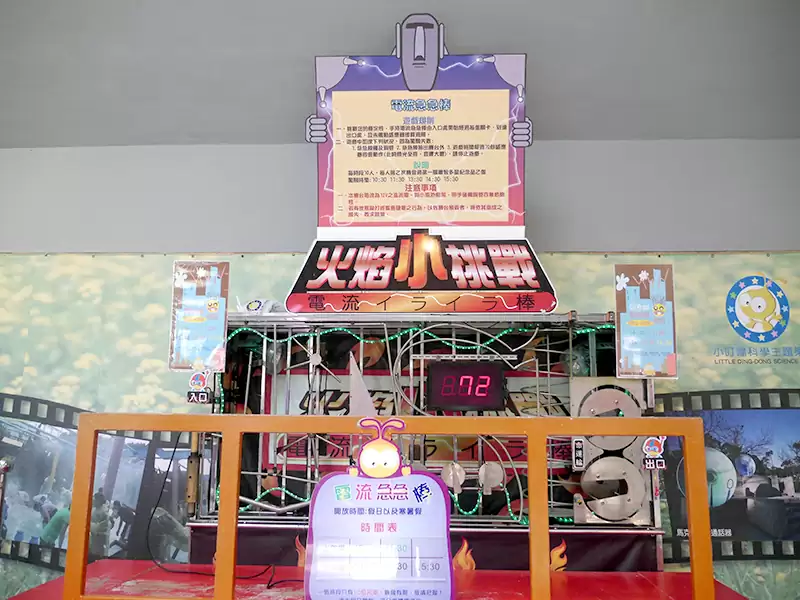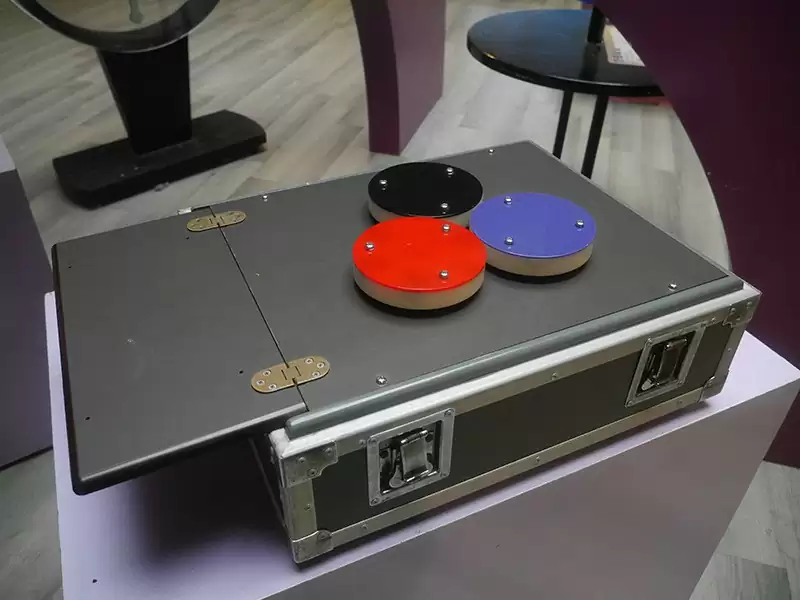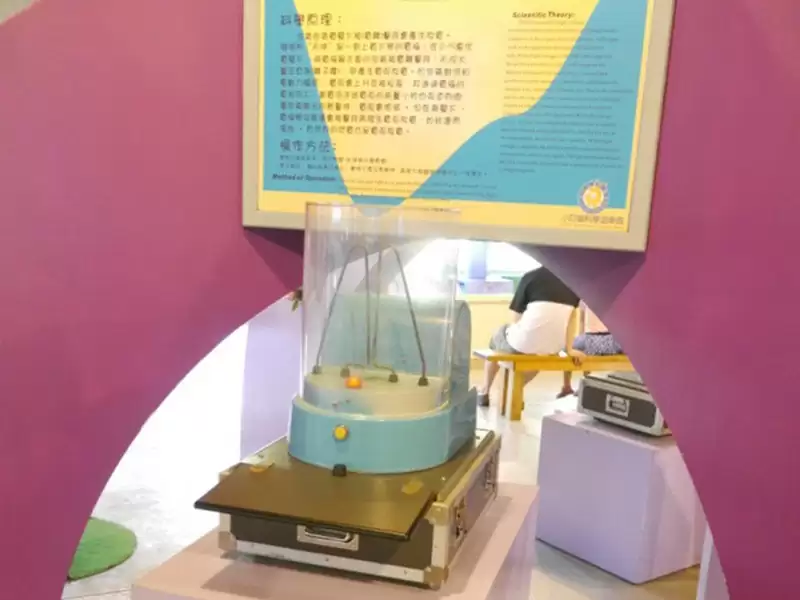Electricity

Static Hair Show
What is static electricity? Static electricity is a quiescent charge. When a charge moves arbitrarily, we call it free charge. Static electricity is produced when two distinct types of materials come in contact. When rubbed, one of the materials will become positively charged due to losing an electron and the other material will have a negative charge due to gaining an electron. Let’s explore the world of static electricity through the Static Hair Show!
Hours: Weekends and Summer
Morning Shows 10:00│11:00
Afternoon Shows 13:00│14:00│15:00

Electric Current Baton
The circuit of the Electric Current Baton is not powered, but when the player controlled object comes in contact with the walls of the maze (circuit), it will become powered and initiate the electronics on the circuit. This acts as an indicator to see if the player has touched the maze walls. The electronics can be a light bulb, buzzer, or other similar objects.
Hours:Weekends and Summer
Morning Shows 10:30│11:30
Afternoon Shows 13:30│14:30│15:30

Magnetic Turntable
According to historical records, the Chinese knew how to use magnets to identify directions from as early as the age of Confucius. During the rule of Emperor Wu of Han, Luan Da first created a chess piece shaped magnet as a toy in the palace. Future generations used iron needles and rubbed them against magnetic stones, or heated iron needles until glowing red then pointed the two ends towards north and south, then dipped the needle in cold water. These two methods both transformed iron needles into magnetic needles. This was the beginning of man-made magnets. Europeans also used similar methods to create magnets but they only did so more than 400 years after the Chinese. Modern magnets primarily use current-carrying coils that are made of induction magnets, making them many times stronger than natural magnets.

Jacob’s Ladder
When air is ionized at a high voltage and breaks down, a discharge is produced. A Jacob’s Ladder is a pair of electrodes that is wide at the top and narrow at the bottom. When given 20,000 to 50,000 volts, the two electrodes closest to the air are ionized and breakdown, forming a large number of positive and negative plasma bodies and arc discharge. Due to air convection and electromotive force, the arc rises and becomes elongated, increasing its resistance through the electrode. When the current is less than the energy dissipated by the arc to surrounding air, the arc is extinguished. However, under high pressure the air between the electrodes will break down and arc discharge occurs. This continues repeatedly. In nature, lightning is also an arc discharge.



